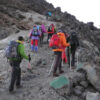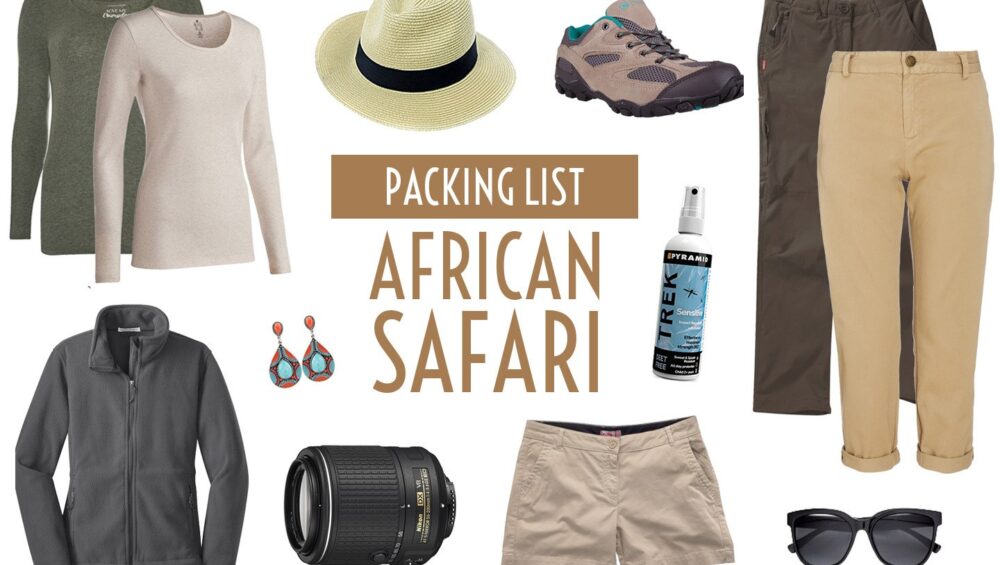

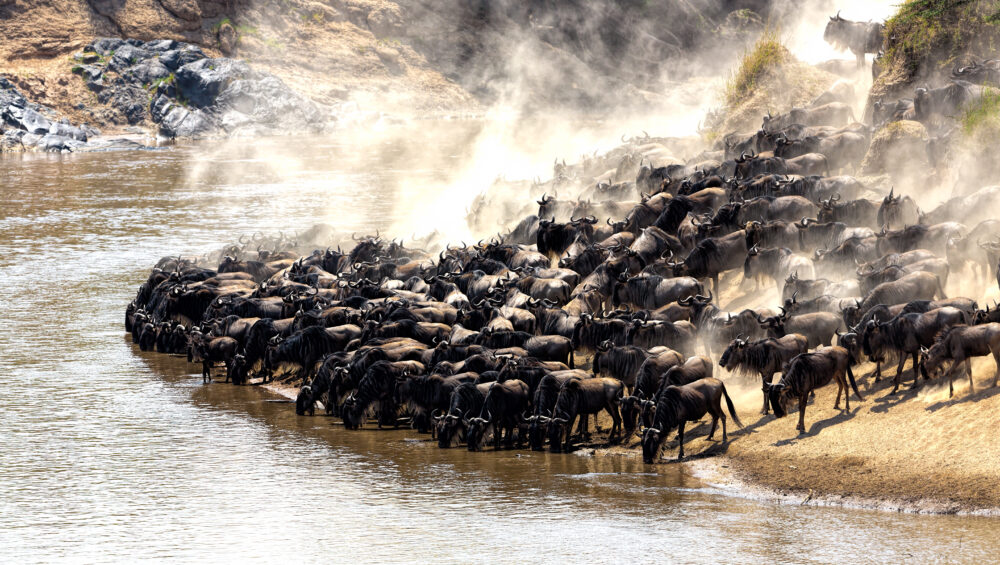
The Great Wildebeest Migration
The Great Migration is a remarkable annual spectacle involving millions of wildebeests journeying into Tanzania. This awe-inspiring event has unfolded for millennia and stands as the planet’s largest annual movement of animals. Serengeti National Park serves as the world-renowned stage for this grand procession, where herds of wildebeests, zebras, antelope, and other creatures undertake a perilous pilgrimage.
The Great Migration presents nature in its purest and most unadulterated form. As these animal herds traverse the vast African plains, cross treacherous rivers, and traverse breathtaking landscapes, you will find yourself utterly captivated by the sheer majesty of Africa.
It’s important to highlight that the Great Migration within Serengeti National Park occurs throughout the year, albeit in varying forms. Given its immense scale, you can encounter wildebeest herds in different regions of the park at various times.
Migration seasons of antelopes
November – January:
The Serengeti National Park’s mesmerizing migration cycle commences during this period as animals embark on their journey from Kenya’s Maasai Mara National Reserve to the southeastern reaches of the Serengeti. This coincides with Tanzania’s dry season, and approximately 1.7 million antelopes, accompanied by 260,000 zebras and 470,000 gazelles, traverse the Serengeti’s plains adorned with short grass. Notably, this time marks the mating season for zebras, a pivotal moment for the future of these species.
February – March:
In February, the migration progresses through the southern section of Serengeti National Park and the Ngorongoro Conservation Area. This phase marks the zenith of antelope fertility and holds great significance for the formation of the next generation. During this period, new antelopes come into the world, and visitors may witness these younglings walking alongside the herd, safeguarded from predators and demonstrating remarkable speed just days after birth.
By early March, the forage near the Ngorongoro becomes scarce, compelling antelopes to journey to the western expanse of the Serengeti, specifically the region around the Grumeti River.
April: The vast herds of animals make their way to the park’s central region known as Seronera. This period corresponds with Tanzania’s rainy season, featuring heavy and sustained rainfall that bestows animals with an abundance of fresh grass across tens of thousands of square kilometers.
May – June:
As the rainy season draws to a close, the antelope herds continue their westward migration to the area known as the Western Corridor. Along their route, they must traverse the Mbalageti and Grumeti rivers. National Geographic and Discovery Channel frequently organize expeditions to capture the riveting Grumeti River crossing, capturing the peril of herds surging through crocodile-infested waters. It’s a truly exhilarating spectacle to witness, surpassing any television episode.
July:
July signals the onset of Tanzania’s dry season, with no rainfall in sight. The animals persist in their northward journey, heading toward the Kenyan border via the Grumeti region. By the end of August, this astonishing migration reaches the borders of the monitored zones in Ikorongo, home to the renowned German Fort Ikoma, chronicled in Bernard Grzimek’s book “Serengeti Shall Not Die.”
August – October:
As September concludes, the migration reaches the Kenyan border. In October, amid the peak of the dry season, the majority of the animals complete their migration to Kenya’s Maasai Mara. Here, they find ample fresh water and abundant grass, making it an ideal destination during this period.
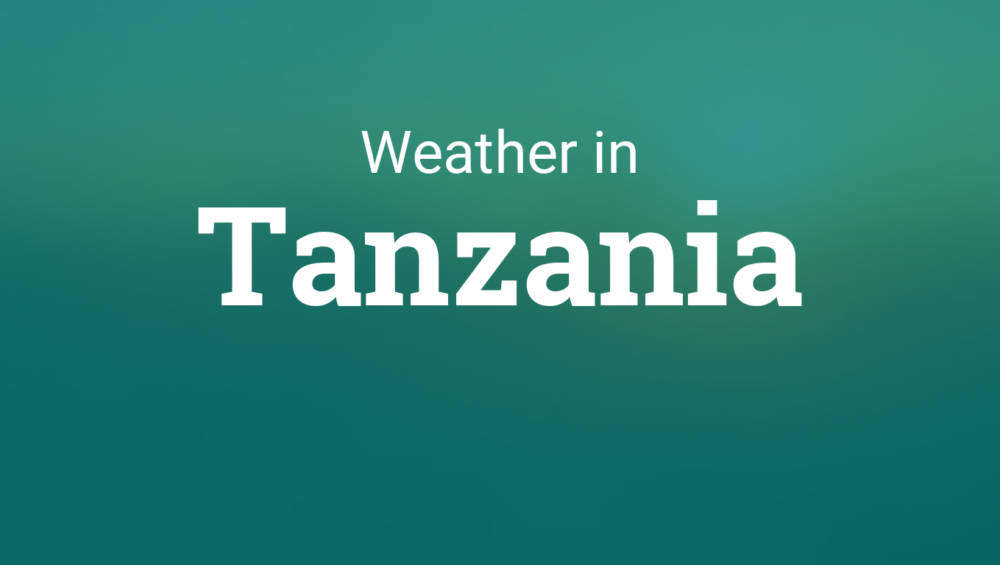
Tanzania’s Weather
Tanzania, located in close proximity to the equator, enjoys a remarkably stable and pleasant climate. The weather here is characterized by moderate temperatures that seldom veer to extremes of heat or cold. On average, annual temperatures range from approximately +25°C in the southern regions to around +27°C in the north.
It’s worth noting that in places like Kilimanjaro and the Ngorongoro Crater, temperatures can occasionally dip below freezing, especially during the nighttime hours. Therefore, it’s advisable to pack warm clothing when embarking on a safari to the Ngorongoro Crater or when trekking.
Many travelers aim to avoid the rainy seasons in Tanzania, which occur from March to May (known as the long rains) and from the end of October to the first half of December (referred to as the short rains). Interestingly, December presents a unique combination of warmth and rainfall, creating a tropical safari experience. During the rainy season, heavy precipitation is common, but there are typically sunny interludes each day. The following table offers a rough annual weather overview
The average annual precipitation (mm) in Tanzania:
| Jan | Feb | Mar | Apr | May | Jun | Jul | Aug | Sep | Oct | Nov | Dec |
|---|---|---|---|---|---|---|---|---|---|---|---|
| 49 | 30 | 85 | 153 | 126 | 32 | 13 | 18 | 21 | 48 | 132 | 75 |
.
many travelers tend to steer clear of Tanzania’s rainy season when planning their safaris, it’s worth noting that major television networks like Discovery and National Geographic deliberately choose this period for filming their stories. This preference is rooted in the fact that the rainy season showcases local nature at its most vibrant, with lush greenery and, importantly, fewer tourist groups, offering ideal conditions for capturing exceptional photographs. What are the advantages of embarking on a safari during Tanzania’s rainy season?
One notable advantage of the rainy season is the absence of dust, in stark contrast to the dry season. Travelers exploring Tanzania during the dry months can anticipate scorching heat and the omnipresent dust, particularly when navigating rugged roads, often stirred up by passing safari jeeps. In contrast, the rainy season provides a virtually dust-free environment.
Additionally, traveling during the rainy season can yield financial benefits, as both accommodations and safari expenses tend to be lower. Accommodations typically constitute a significant portion of the cost of a Tanzania safari tour. However, during the rainy low season, prices decrease, offering an opportunity to save a substantial amount of money while enjoying the comfort of quality hotels.
There is only one notable drawback to the low season: some remote areas of Serengeti National Park may become inaccessible due to poor road conditions. However, these areas are seldom frequented even during the high season because of their remote location. In the wet season, some hotels in Tanzania, particularly in Zanzibar, may close for annual maintenance. Nonetheless, we collaborate with select hotels that remain operational year-round, ensuring that your travel plans are not compromised.
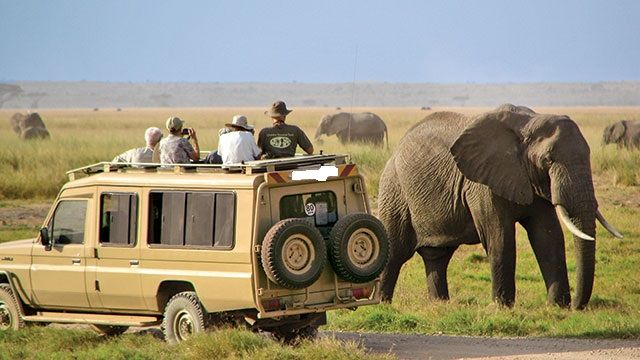
What to expect on a safari in Tanzania?
A journey to Tanzania
Africa has a special magic – sunsets so beautiful that time stands still, remote locations where the brilliance of the night stars truly takes your breath away and encounters with nature that will change how you see the world.
The best and most interesting way to experience nature in Africa is on a wildlife safari, which allows visitors to get close to wild animals in their natural habitat, all while supporting national environmental conservation efforts in the form of protected areas or national parks.

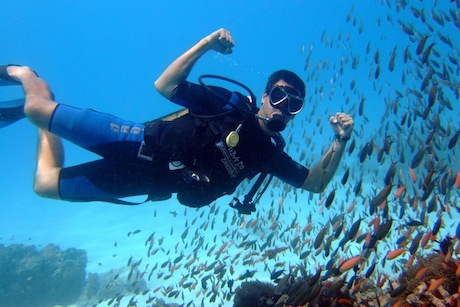
The best diving sites in Tanzania
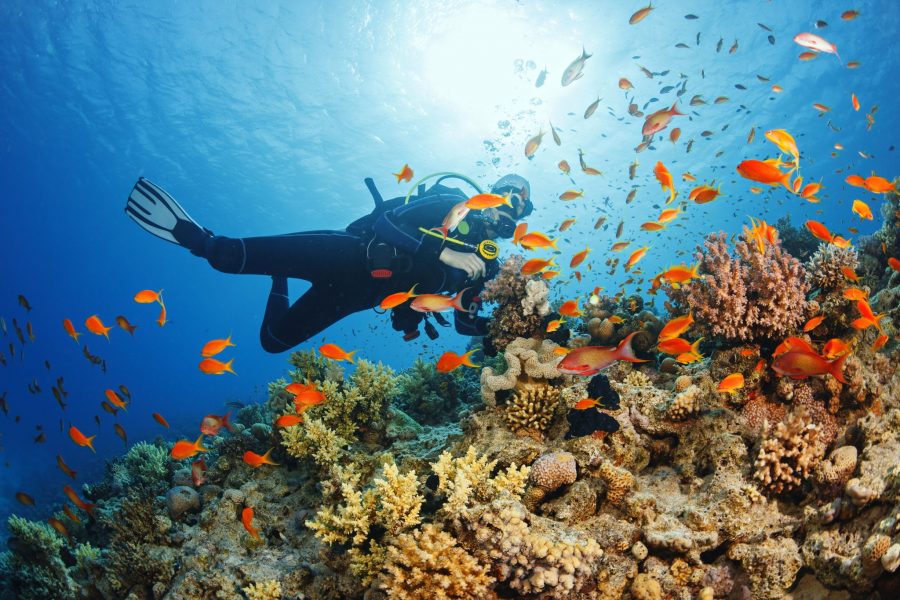
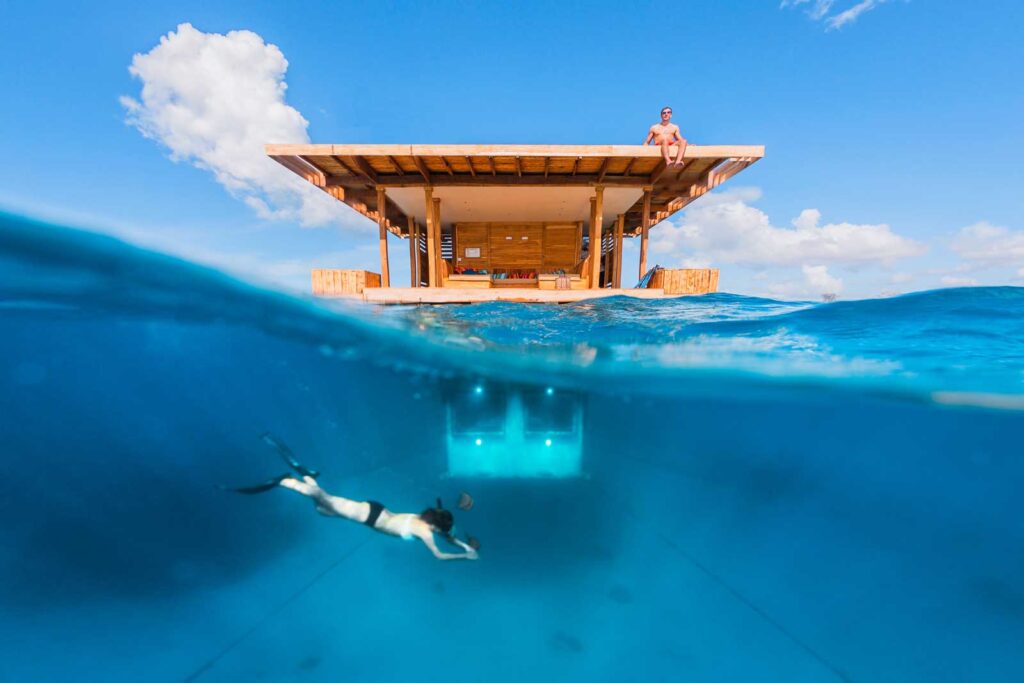


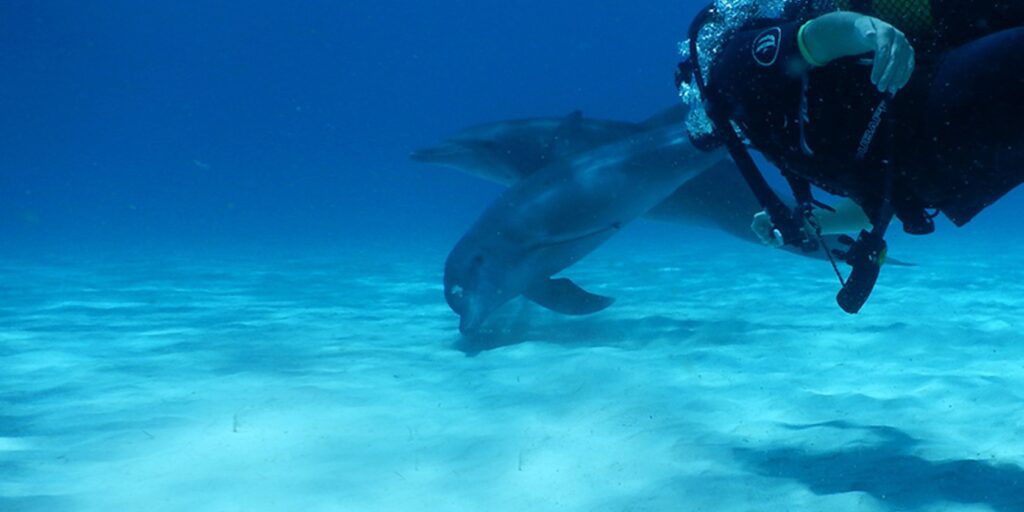
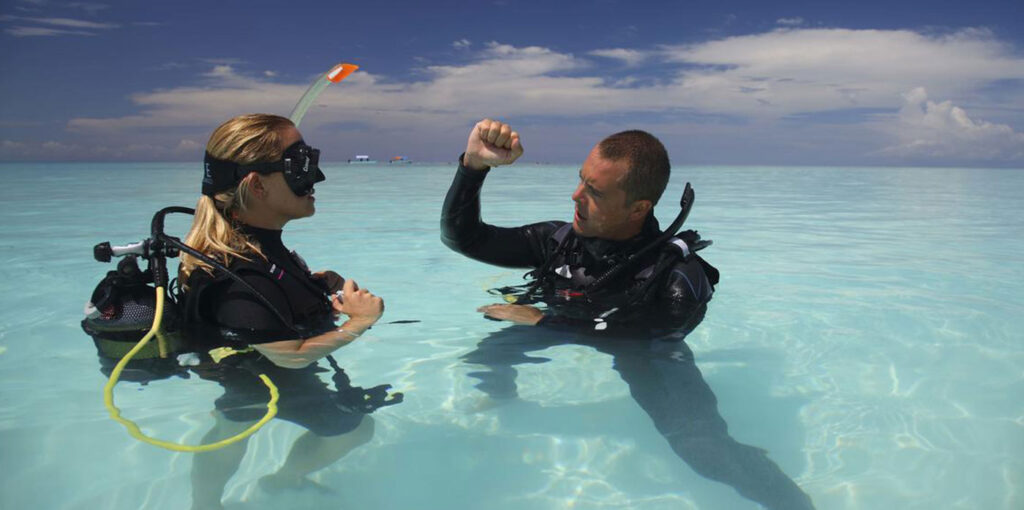
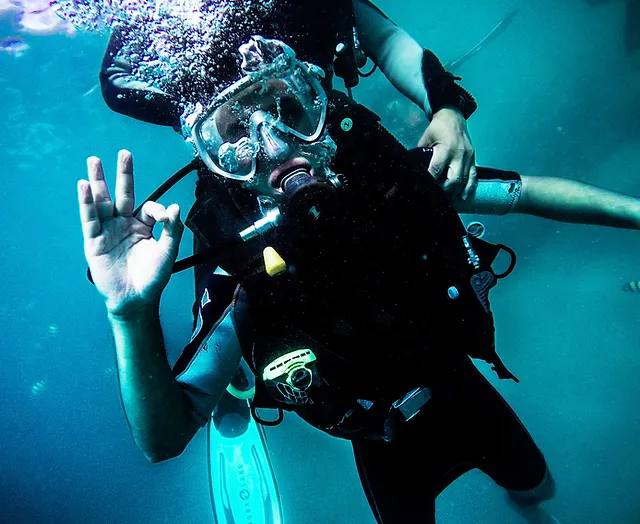
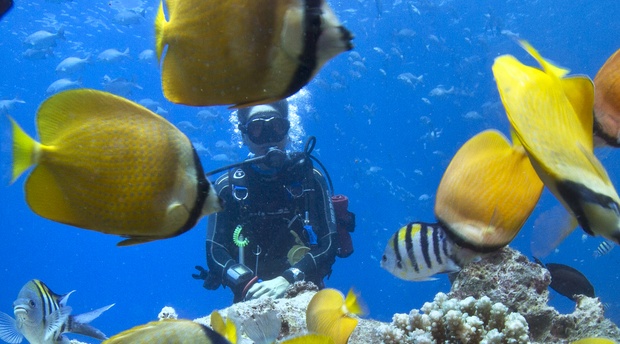
Diving in Tanzania
Exploring Tanzania’s Island Diving Paradise
Nestled along the shores of the Indian Ocean, Tanzania’s islands offer year-round warmth in their pristine waters, teeming with a kaleidoscope of vibrant tropical fish. The coral reefs here are renowned as some of the world’s finest, promising unparalleled diving experiences.
While Tanzania’s fame often centers on the Serengeti and its captivating wildlife like lions and elephants, the islands of Tanzania boast some of East Africa’s most exceptional diving opportunities. Here’s a glimpse of the top diving destinations in Tanzania:
Mafia Island: Mafia Island, despite its small and secluded nature, ranks among Tanzania’s premier diving havens and stands out in East Africa. Here, you can swim alongside gentle giants like whale sharks while immersing yourself in the unique coral reefs of the Indian Ocean, where the waters maintain a perpetual warmth. Diving around Mafia Island also offers a chance to encounter colossal Manta Rays, a spectacle not to be missed.
Rest assured, whale sharks are filter feeders and pose no threat to humans.
Mafia Island not only boasts the title of Tanzania’s largest marine park but also claims the distinction of being the largest in all of East Africa. Divers are treated to a visual feast of over 400 species of tropical fish. The coral reefs here are a sight to behold, showcasing over 40 different coral varieties that have been identified around the island. Mafia Island might be small, but the diving experiences here are some of the best in the world.
The best time to visit
Mafia Island is October through March, for ideal weather. March to June might be rainy.
Recommended Diving Locations:
Chole Bay for some great diving around reefs and the well-known Kinasi Wall diving site.
Other popular sites include Jina Pass and Dindini Wall for more advanced divers.
Pemba island
Pemba Island: Tanzania’s Hidden Gem for Divers and Nature Enthusiasts
Pemba Island, often referred to as the “Green Island” due to its lush, verdant landscapes, is a hidden gem located off the coast of Tanzania. Nestled in the Indian Ocean, Pemba Island is the lesser-known sibling of the more famous Zanzibar, but it boasts its own unique charm and natural beauty.
Natural Beauty and Tranquility: Pemba Island is renowned for its unspoiled natural beauty and tranquil atmosphere. The island is covered in dense tropical forests, coconut groves, and spice plantations, creating a serene and picturesque backdrop for visitors. Its rolling hills, pristine beaches, and crystal-clear waters make it an idyllic destination for those seeking a peaceful escape from the hustle and bustle of city life.
Diving and Marine Life: One of the standout features of Pemba Island is its incredible underwater world. The island is surrounded by some of the healthiest and most diverse coral reefs in the Indian Ocean. Diving enthusiasts flock to Pemba to explore its vibrant marine life, which includes a stunning array of coral species, tropical fish, and other aquatic creatures. The Pemba Channel, a deep ocean trench, attracts larger marine species such as sharks and dolphins, providing thrilling encounters for divers.
Culture and History: Pemba Island also has a rich cultural heritage and a history deeply intertwined with trade, particularly the spice trade. The island’s aromatic spice plantations produce cloves, cinnamon, and other spices that have been sought after for centuries. Visitors can take guided tours of these plantations to learn about the cultivation and harvesting of these valuable crops.
Chwaka Bay and Natural Reserves: Chwaka Bay, located on the west coast of Pemba Island, is a significant ecological area that features extensive mangrove forests and tidal flats. It is an essential habitat for various bird species and marine life, making it a prime spot for birdwatching and eco-tours. Additionally, the island is home to several natural reserves and protected areas, showcasing its commitment to preserving its unique environment.
A Place to Unwind: Pemba Island offers a range of accommodations, from eco-lodges to luxury resorts, all designed to provide guests with a comfortable and authentic experience. Whether you’re interested in diving into the underwater wonders, exploring the island’s natural beauty, or simply relaxing on its pristine beaches, Pemba Island offers a tranquil and rejuvenating escape in an untouched paradise.
Best time to visit:
The ideal time to visit is from August to March for pristine waters and great marine life sightings.
Recommended Diving Locations:
If you are a confident diver, check out the North Horn and Mtangani for some great dive sites.
Zanzibar – Nungwi
Nungwi Beach: A Slice of Paradise on Zanzibar’s Northern Shore
Nungwi Beach, situated on the northern tip of Zanzibar, is a tropical haven renowned for its pristine beauty and serene atmosphere. This exquisite beach destination draws travelers from around the world with its powder-white sands, crystal-clear turquoise waters, and an array of activities and attractions.
Beach Bliss: Nungwi Beach is a postcard-perfect stretch of coastline, where soft, powdery sands meet the warm, gentle waters of the Indian Ocean. The beach’s idyllic setting offers an ideal spot for sunbathing, beachcombing, or simply strolling along the shoreline as the waves lap at your feet. It’s a place where you can relax, unwind, and let the tranquility of the surroundings wash over you.
Water Adventures: For water enthusiasts, Nungwi Beach is a playground of aquatic adventures. Snorkeling and diving are exceptionally popular activities here, as the waters surrounding Nungwi are teeming with vibrant coral reefs and a kaleidoscope of marine life. Exploring the underwater world reveals a mesmerizing array of fish, sea turtles, and even the occasional dolphin. Diving schools and snorkeling tours are readily available for both beginners and experienced divers.
Traditional Dhow Cruises: Nungwi is famous for its traditional wooden sailing boats, known as dhows. Taking a sunset dhow cruise is a romantic and memorable way to experience the coastal beauty of Zanzibar. These cruises often include opportunities for swimming, snorkeling, and savoring a seafood barbecue prepared right on the dhow.
Cultural Exploration: Nungwi Beach offers more than just natural beauty. The village of Nungwi itself has a vibrant local culture with a rich history of fishing and boat building. Visitors can explore the village and interact with the friendly locals, gaining insight into their daily life and traditions.
Lively Nightlife: As the sun sets over Nungwi Beach, the area comes alive with a vibrant nightlife scene. Beachfront bars and restaurants offer live music, traditional dance performances, and a variety of delicious local and international cuisine. It’s a great way to end a day of relaxation with some entertainment and good company.
Accommodation Options: Nungwi Beach boasts a range of accommodation options to suit all budgets and preferences. From luxurious resorts offering spa treatments and fine dining to cozy beachfront bungalows, there’s something for everyone. Many accommodations provide stunning views of the Indian Ocean, allowing you to wake up to the sight and sound of the sea.
Nungwi Beach is more than just a beach; it’s a destination where nature, adventure, and culture converge to create an unforgettable tropical escape. Whether you seek relaxation, water sports, cultural experiences, or vibrant nightlife, Nungwi Beach on Zanzibar’s northern shore has it all.
Best time to visit
September through early November is the ideal time to see migrating whales. December until late March for other marine life, including Whale Sharks.
Zanzibar – Mnemba Atoll
Mnemba Atoll: Zanzibar’s Pristine Marine Sanctuary
Mnemba Atoll, a small coral reef island located about 3 kilometers off the northeastern coast of Zanzibar, is a marine paradise that enchants visitors with its untouched beauty and vibrant underwater world. This private island and its surrounding waters are a protected marine reserve, making it a haven for divers, snorkelers, and nature enthusiasts.
A Marine Sanctuary: Mnemba Atoll is part of a marine conservation area, ensuring the preservation of its coral reefs and the incredible biodiversity that thrives within its waters. As a result, the atoll has become a sanctuary for marine life, including a rich variety of coral species, colorful fish, and other aquatic creatures.
Diving and Snorkeling Delight: For divers and snorkelers, Mnemba Atoll is nothing short of a paradise. Its coral gardens are among the most pristine in the world, teeming with a mesmerizing array of marine species. Diving here offers the chance to encounter schools of vibrant reef fish, graceful sea turtles, and the occasional dolphins and whale sharks.
Exquisite Coral Reefs: The coral reefs around Mnemba Atoll are a sight to behold. These underwater ecosystems are characterized by their health and diversity, making them an ideal destination for those interested in coral conservation and marine biology. The atoll’s thriving corals provide a habitat for countless species, creating an underwater wonderland.
Mnemba Island Lodge: The only development on Mnemba Atoll is the luxurious Mnemba Island Lodge. This exclusive eco-friendly lodge offers guests the opportunity to experience the atoll’s natural beauty while enjoying top-notch amenities. The lodge offers guided snorkeling, diving, and boat trips, allowing guests to explore the underwater treasures of the atoll.
Spectacular Birdlife: Mnemba Atoll is not just about its marine wonders; it’s also a sanctuary for birdlife. The island serves as a nesting site for several bird species, including the endangered green sea turtle. Birdwatchers can spot various seabirds and shorebirds, adding another layer of natural beauty to the atoll.
Conservation and Sustainability: Mnemba Atoll’s protected status is a testament to Zanzibar’s commitment to conservation and sustainable tourism. Visits to the atoll are carefully regulated to minimize the impact on its fragile ecosystem, ensuring that future generations can continue to enjoy its wonders.
A Pristine Paradise: Mnemba Atoll is a place where nature reigns supreme, offering an unparalleled opportunity to connect with the natural world. Whether you’re an avid diver, snorkeler, birdwatcher, or simply someone who appreciates the beauty of untouched marine environments, Mnemba Atoll invites you to explore its pristine shores and vibrant underwater realm, making it a must-visit destination for nature lovers and adventure seekers alike.
Best time to visit
Mnemba Atoll offers great diving year-round. However, due to the tide, visitors should come early in the morning to get the best experience.
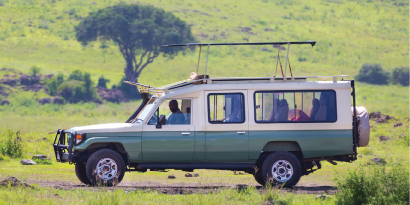
Tips and recommendations for travelers
Travel Tips
Preparing for Your Trip to Tanzania
- Gather Copies and Electronic Copies of Essential Documents:
- Ensure you have both physical and electronic copies of vital documents, including your passport, driver’s licenses, and a yellow fever vaccination certificate.
- Complete Necessary Vaccinations:
- Prior to your journey to Tanzania, make sure to get all required vaccinations.
- Verify International Card Usability:
- Check that your credit and bank cards are valid for use abroad. Inform your bank about your travel plans in advance and keep handy their contact numbers in case your card is misplaced or blocked.
- Pack Essentials in Your Carry-On:
- Be sure to include essential items in your carry-on luggage. Avoid packing prohibited items in your hand luggage.
- Prepare for Possible Luggage Delays:
-
Ensuring a Safe Stay in Tanzania
Tanzania is known for its safety and tranquility, but it’s wise to exercise common travel precautions, just as you would anywhere else:
- Avoid Displaying Large Sums of Money:
- Refrain from showcasing large amounts of cash. When exchanging money or using an ATM, count your funds in a secure and private location before leaving, never on the street.
- Secure Expensive Equipment:
- If you’re carrying valuable items like a large camera or laptop, especially at night, consider using a taxi for transportation. Most hotels offer secure lockboxes or the option to leave valuable belongings at the reception desk.
- Use Registered Taxis:
- Only utilize registered taxis, easily identifiable by their white license plates and clear registration numbers, typically painted on each door. In Dar es Salaam, Arusha, and Moshi towns, official taxis are typically white cars with green lettering. When exploring town, you can request a taxi through Moria Safaris or your hotel.
- Access to Tourism Police:
- In Arusha and Zanzibar, there is a dedicated Tourism Police Force to assist and support tourists. If you encounter any issues, Moria can help you connect with this specialized force.
- Safe Currency Exchange:
- Avoid street money exchanges. Tanzania has recently enacted laws regarding foreign currency exchange, so it’s best to exchange money only at authorized bureaus or banks.
- Request Official Receipts:
- Every legitimate business in Tanzania possesses a tax number and offers official receipts. When making purchases, always ask for an official receipt. While some local craft markets may not provide receipts, it’s advisable to buy handmade items and gifts from locations recommended by your tour guide. You may even have a dedicated day for souvenir shopping, during which your driver-guide will take you to a reputable craft market offering authentic goods.
While Climbing Kilimanjaro / Meru
-
Practical Tips for Mountain Trekking
- Leave Valuables Behind:
- Avoid bringing valuables like laptops and smartphones on your mountain trek. These items are susceptible to damage from extreme weather conditions. Charging electronics can also be challenging during the trek. Rest assured, all guides are equipped with phones and radios for communication.
- Stay Hydrated:
- Aim to consume 3-4 liters of water daily to expedite the high-altitude adaptation process and alleviate unpleasant symptoms.
- Prepare for Leisure Time:
- Most mountain hikes occur in the morning, leaving the afternoons free. Consider bringing a book, MP3 player, cards, or other forms of entertainment to enjoy during these moments of relaxation.
- Show Appreciation with a Tip:
- Express your gratitude to your climbing team by leaving a tip, preferably at the office upon your return, if you’ve had an exceptional experience. This approach facilitates equitable distribution among the guides, cooks, and porters. Of course, if you have specific preferences for distributing the tip, we are happy to accommodate them. The recommended amount for an expedition is approximately $200-250 per person, to be shared among the entire expedition team.
While on Safari
Tips for Ngorongoro and Safari Packing
- Prepare for Chilly Mornings and Nights:
- Ngorongoro can get quite cold in the early morning and at night. If you’re planning to visit this renowned site, be sure to pack warm layers like trousers and a fleece jacket.
- Pack Wet Wipes:
- Wet wipes are a handy, travel-friendly solution, especially during the high season when dust can be a concern.
- Bring Extra Clothes:
- Consider bringing spare clothing, ideally a fresh set for each day of your journey.
- Opt for Natural Tones on Safari:
- Avoid wearing bright colors on safari, as they don’t help you blend in with nature during activities like walking safaris or bush drives. Additionally, bright colors tend to show dust easily. Ideal safari attire includes khaki, dark green, and neutral hues.
- Invest in Quality Camera Equipment:
- A high-quality camera with specialized lens attachments can make a significant difference in capturing stunning photographs. Don’t hesitate to equip yourself for those unique wildlife shots.
- Consider Tipping Practices:
In Zanzibar
-
Etiquette and Tips for Zanzibar
- Respect Local Culture:
- Zanzibar is a major tourist destination, but it’s important to keep in mind that the majority of the population adheres to conservative Muslim values. When exploring Stone Town or venturing beyond your hotel, opt for modest clothing. While it’s acceptable to wear bathing suits at the hotel pool or private beach, both men and women should don attire that covers the knees and, for men, includes a shirt, when dining at restaurants or going shopping. Displays of affection in public, such as kissing, should be avoided, but hand-holding is generally acceptable.
- Be Cautious with “Beach Boys”:
- Beware of individuals often referred to as “Beach Boys” who may offer services along the beach in front of your accommodation. These individuals may lack an official office or boat, and dealing with them can sometimes lead to overspending. For a safer and more reliable experience, it’s advisable to book tours or excursions through legitimate, recommended companies. Your hotel can assist in finding a reputable service provider instead of relying on unfamiliar individuals.
- Handle Persistent Sellers Politely:
- Occasionally, you may encounter someone who is insistent on selling you something, even when you’ve politely declined. In Tanzania, as in many places, it is considered impolite to pressure someone after they have declined an offer. You have several options in handling such situations: you can firmly refuse, simply ignore them and walk away, or politely ask them to leave you alone.Similar to the hospitality industry worldwide, tipping is appreciated and often expected in Tanzania. For safari guides, it’s customary to offer $40-60 per day, per vehicle. In hotels, a tip of $1-2 is sufficient when porters assist with your baggage, and modest tips in the restaurant for waitstaff are also appreciated.
- Respect Local Culture:
-
- Prepare for Chilly Mornings and Nights:
- Express your gratitude to your climbing team by leaving a tip, preferably at the office upon your return, if you’ve had an exceptional experience. This approach facilitates equitable distribution among the guides, cooks, and porters. Of course, if you have specific preferences for distributing the tip, we are happy to accommodate them. The recommended amount for an expedition is approximately $200-250 per person, to be shared among the entire expedition team.
- Leave Valuables Behind:
- Every legitimate business in Tanzania possesses a tax number and offers official receipts. When making purchases, always ask for an official receipt. While some local craft markets may not provide receipts, it’s advisable to buy handmade items and gifts from locations recommended by your tour guide. You may even have a dedicated day for souvenir shopping, during which your driver-guide will take you to a reputable craft market offering authentic goods.
- Avoid Displaying Large Sums of Money:
-







